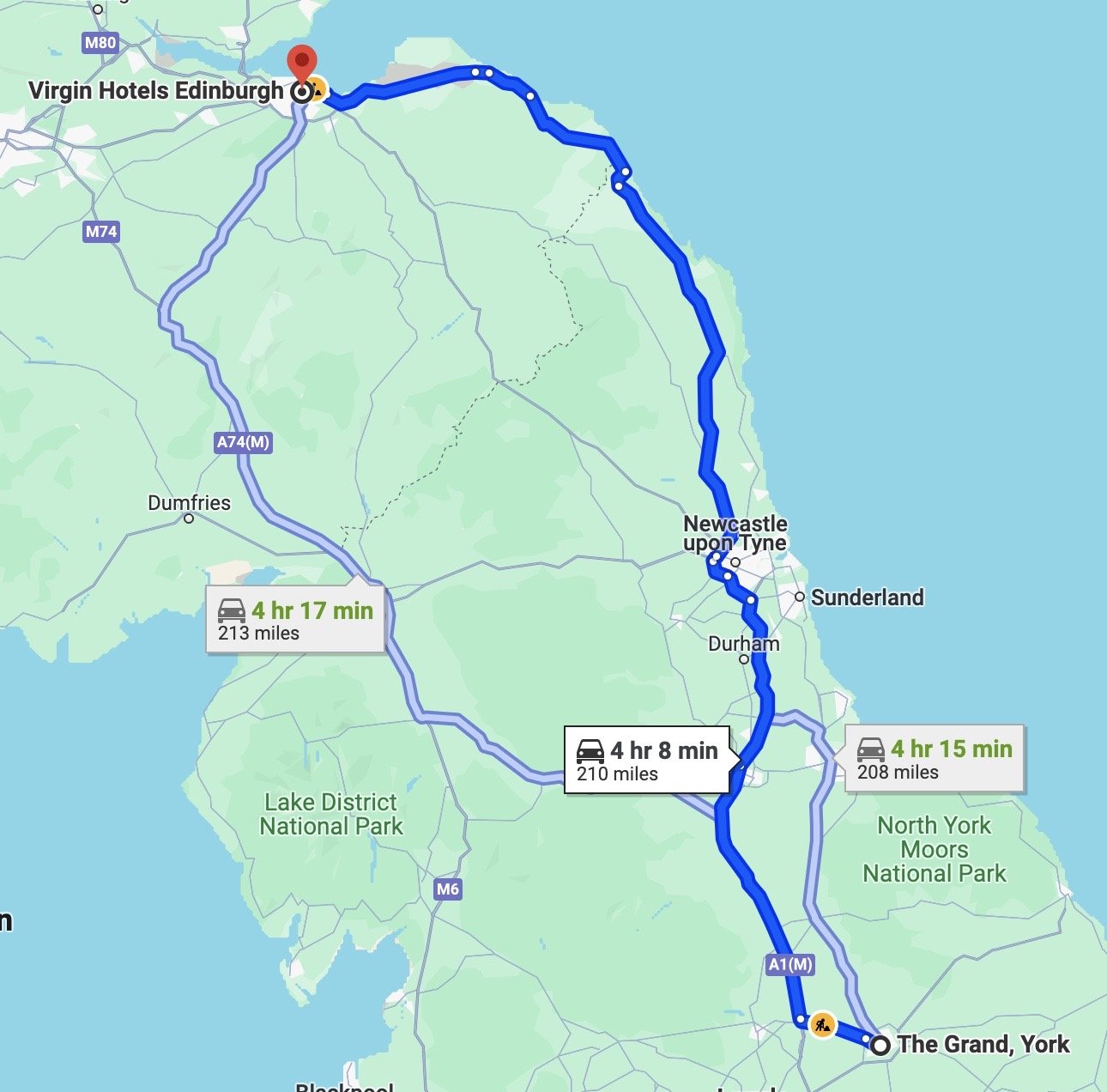Getting To Edinburgh
The narrative of Edinburgh, a city with roots extending back millennia, begins in the echoes of ancient times. The area's earliest chapters of habitation pave the way to a defined settlement in the Middle Ages, marked by the establishment of a hillfort on the formidable Castle Rock. This strategic locale, commanding views and defensibility, hints at Edinburgh's destined significance.
By the seventh century, the region fell under the sway of the Anglian Kingdom of Northumbria, only to emerge later as a prized royal residence for Scottish kings. The burgeoning town adjacent to the royal stronghold gained formal recognition through a royal charter in the early 12th century, setting the stage for its ascent as a pivotal center of power and culture in Scotland.
By the mid-14th century, Edinburgh was not merely a town but the capital of Scotland, a city pulsating with political, economic, and cultural vitality. The subsequent development of the New Town in the latter half of the 18th century further expanded its urban fabric, enhancing its stature and appeal.
Though Edinburgh was eclipsed by Glasgow in size during the early 19th century, its historical and cultural significance remained unchallenged. The late 20th century brought a new chapter with Scottish devolution, reinstating Edinburgh's political prominence as the seat of Scotland's Parliament. This rich tapestry of history underscores Edinburgh's evolution from an ancient hillfort to a dynamic capital, intertwining centuries of heritage with the vibrancy of modern governance and culture.

